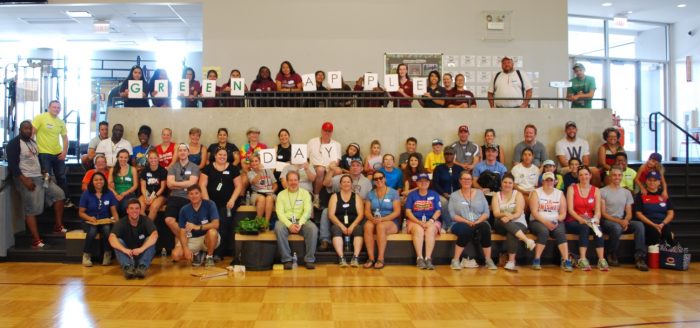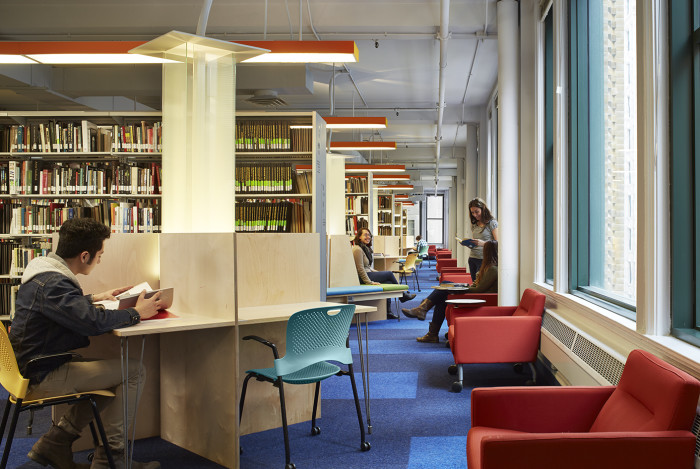
Taking a Bite out of the Everything Bagel
In Abundance: How We Fell Behind and How to Build a Better Future, Ezra Klein and Derek Thompson claim the US is not suffering from a lack of resources or imagination but from a crisis of complexity. After decades of promoting solutions for housing, local food systems, and clean energy, we sense truth in their…





